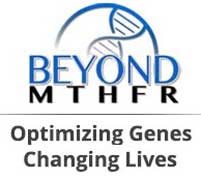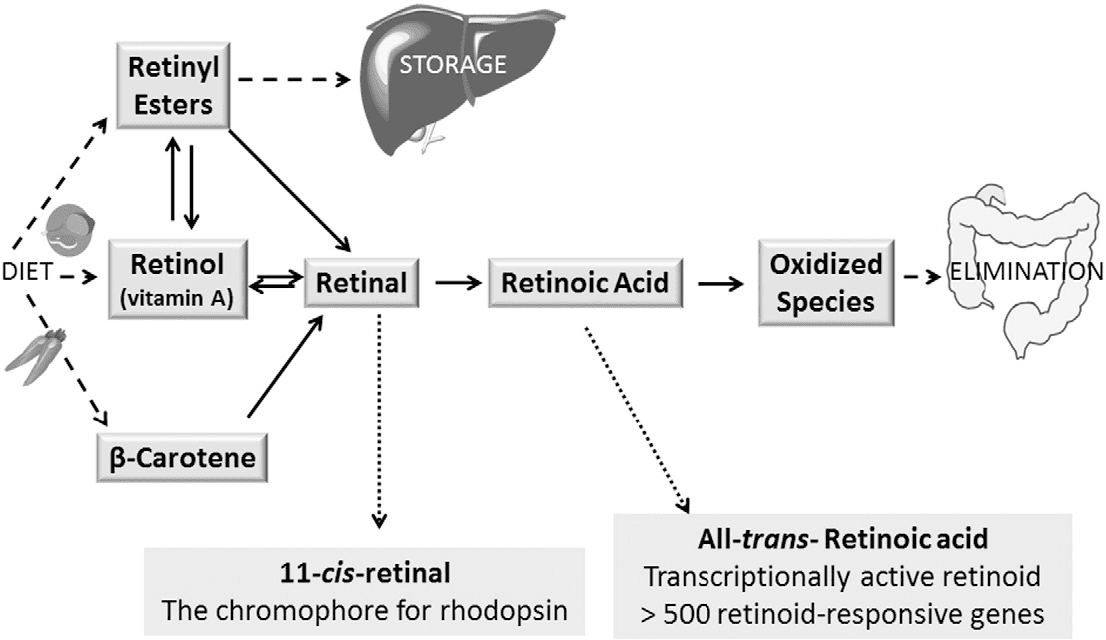youngsinatra
Member
I continue to eat 200-400g of lean beef each day. No temperature crash, no neuro symptoms, no high blood pressure. I am amazed.. I think nicotinic acid fixed my zinc issues.
Thanks for your recommendation to try niacin for my issues with zinc, copper etc. <3 @charlie
For context: (2 weeks ago I wrote this in another thread)
I have been slowly titrating up nicotinic acid (to raise NAD+) for a few weeks now and I am able to tolerate 200g of lean beef a day for nearly a week now, which I couldn’t tolerate at all before that for almost 2 years. Everytime I tried eating it, even just small amount and just once, it led to a huge crash and extreme neurological issues. (neuropathy, difficulty walking, dizziness, blurry vision, skin turned white, nails turned blue due to hypoxia etc.) Same thing happened with oysters or zinc supplements.
Btw, I frequently tested serum zinc and it always was high even after restricting zinc for years.



 gbolduev
gbolduev